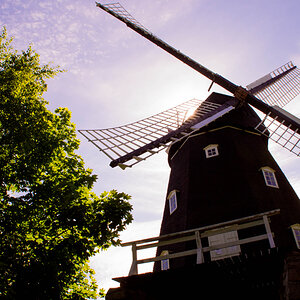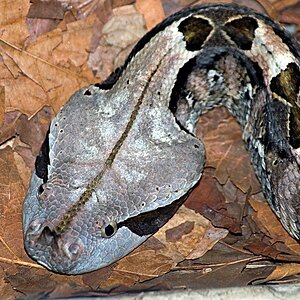I am talking about the 24-70 and 24-105 - I plan on getting one of these lenses and really would like the 105s extra telephoto reach but if that comes in a real price of image quality then Id rather get the 24-70...
The question is how much does the IS compensate for lack of a an extra stop of the 24-70? (I never used an IS lens before so I don't know how effective it is.)
The question is how much does the IS compensate for lack of a an extra stop of the 24-70? (I never used an IS lens before so I don't know how effective it is.)


 is nice but I think the :heart:IS:heart: in the end will still win me over - I do most of my photography hand held...
is nice but I think the :heart:IS:heart: in the end will still win me over - I do most of my photography hand held...
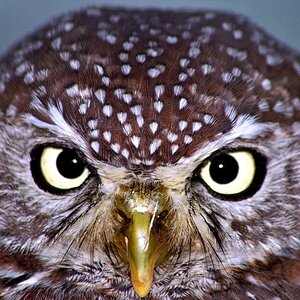
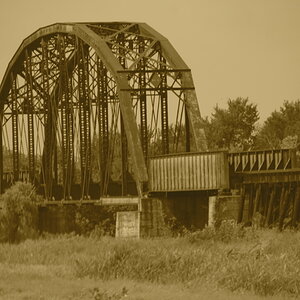
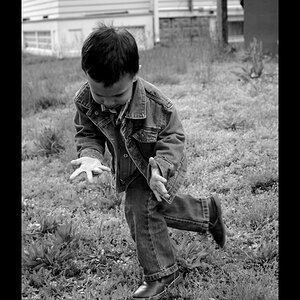
![[No title]](/data/xfmg/thumbnail/33/33846-dc3d508d5436a047770e1d5c2cbdd593.jpg?1619736165)

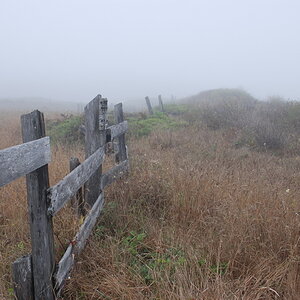
![[No title]](/data/xfmg/thumbnail/37/37631-1af996afcca522b3c5490538125d9599.jpg?1619738155)
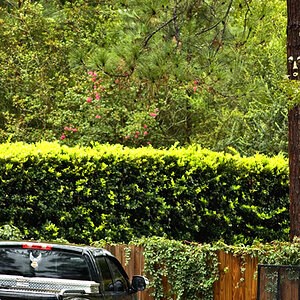
![[No title]](/data/xfmg/thumbnail/37/37606-3c9ffb5906173fa2aa489341967e1468.jpg?1619738148)
![[No title]](/data/xfmg/thumbnail/37/37630-10bda987ab220dc60e7c1cb65502f83c.jpg?1619738155)
